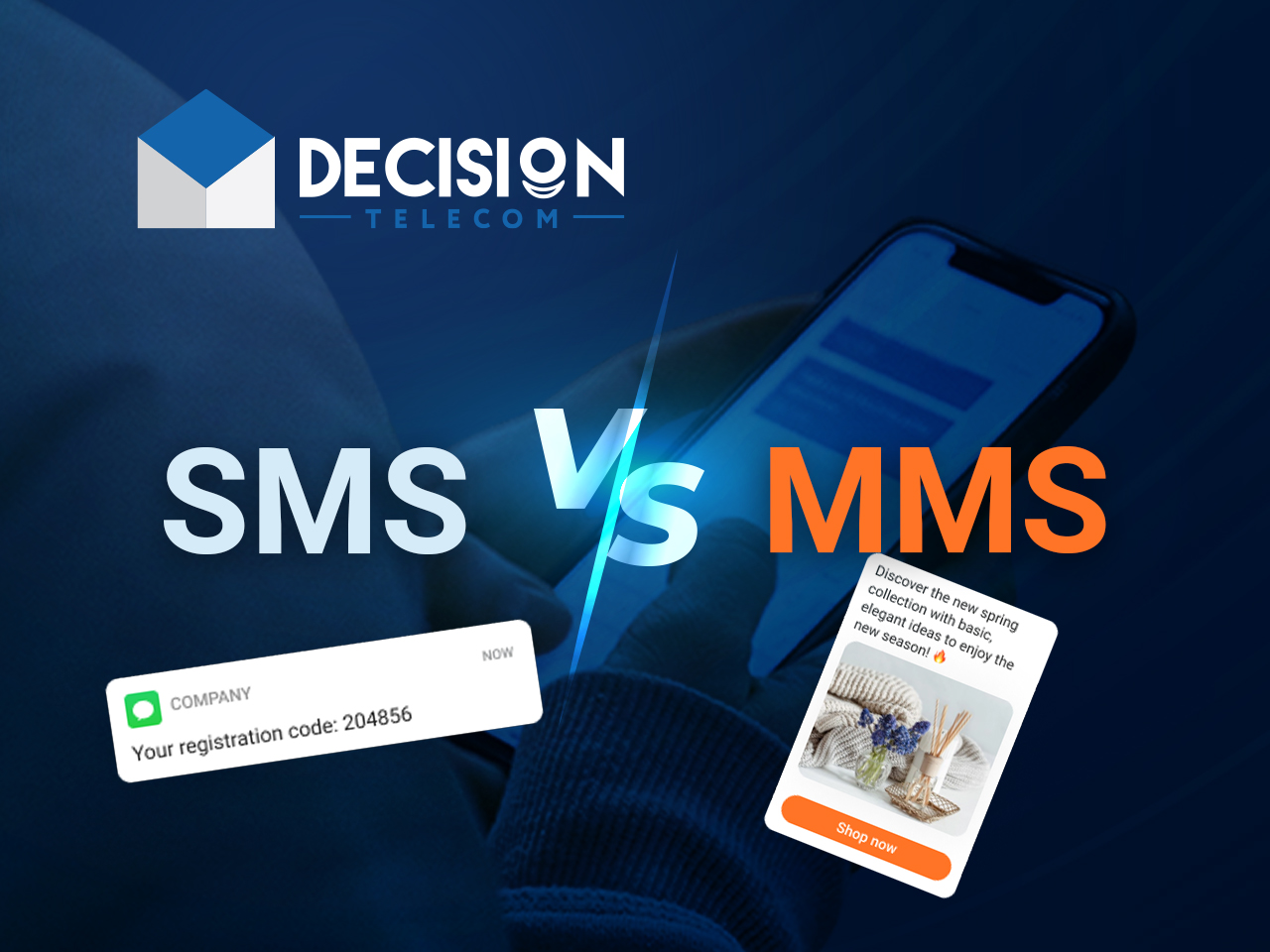MMS video has transformed the way we communicate in today's digital landscape. In an era dominated by rapid technological advancements, the integration of multimedia messaging services has become crucial for personal and professional interactions. This article delves into the significance of MMS video, exploring its evolution, functionality, and the impact it has had on communication.
As the demand for richer communication channels grows, so does the need for understanding MMS video and its implications. This article aims to provide a comprehensive overview that caters to both casual users and industry professionals. By the end of this discussion, you will have a clearer understanding of how MMS video works, its benefits, and its future in an increasingly interconnected world.
Table of Contents
- 1. The History of MMS Video
- 2. How MMS Video Works
- 3. Advantages of Using MMS Video
- 4. Disadvantages of MMS Video
- 5. The Future of MMS Video
- 6. MMS Video vs. SMS: A Comparative Analysis
- 7. Security and Privacy Concerns
- 8. Conclusion
1. The History of MMS Video
The evolution of MMS video can be traced back to the early 2000s when mobile communication began to expand beyond simple text messaging. The introduction of 3G networks paved the way for the development of MMS, allowing for the transmission of larger files, including photos and videos.
Initially, MMS faced several challenges, including compatibility issues among different devices and networks. However, as technology improved, so did the functionality and popularity of MMS. By the mid-2000s, major mobile carriers began to adopt MMS as a standard service, leading to its widespread use across the globe.
Today, MMS video is an integral part of mobile communication, providing users with a dynamic way to share experiences and connect with others. The incorporation of video into MMS has allowed for more expressive communication, enabling users to convey emotions and stories in a more impactful manner.
2. How MMS Video Works
MMS video operates by utilizing mobile data networks to send multimedia content. Unlike SMS, which relies on a separate signaling channel, MMS uses a dedicated data channel to transmit videos, images, and audio files. Here’s a breakdown of how it works:
- Creating the Message: Users can create an MMS video by selecting a video file from their device or capturing a new one using their mobile camera.
- Sending the Message: Once the video is selected, the user enters the recipient's phone number and presses send. The video is then uploaded to the nearest MMS server.
- Receiving the Message: The recipient receives a notification of a new MMS message. They can view the video by downloading it from the server, usually through a data connection.
3. Advantages of Using MMS Video
MMS video offers several advantages that enhance the overall messaging experience. Some of these benefits include:
- Rich Media Experience: Users can convey messages more effectively through video, allowing for a richer communication experience.
- Wide Compatibility: Most modern smartphones support MMS, making it accessible to a vast audience.
- Instant Sharing: MMS allows for the immediate sharing of videos, making it ideal for real-time communication.
- Enhanced Engagement: Videos can capture attention better than text alone, leading to higher engagement rates.
4. Disadvantages of MMS Video
Despite its advantages, MMS video also comes with certain drawbacks that users should consider:
- Cost: Sending MMS messages may incur additional charges compared to SMS, especially when sending large files.
- Data Limitations: Users must have a data plan to send and receive MMS, which can be a barrier for some.
- Quality Loss: The compression of video files for MMS can lead to a decrease in quality.
- Network Dependency: The effectiveness of MMS is dependent on the network coverage and speed.
5. The Future of MMS Video
The future of MMS video looks promising, especially with the advent of 5G technology. As mobile networks continue to evolve, we can expect improvements in the speed and quality of multimedia messaging.
Furthermore, with the rise of social media and messaging apps, MMS will likely adapt by integrating with these platforms, allowing for seamless sharing of video content across various channels. Innovations in technology may also lead to enhanced features, such as augmented reality (AR) and virtual reality (VR) capabilities in multimedia messaging.
6. MMS Video vs. SMS: A Comparative Analysis
To understand the significance of MMS video, it's crucial to compare it with traditional SMS:
| Feature | MMS Video | SMS |
|---|---|---|
| Content Type | Text, Images, Video, Audio | Text Only |
| File Size Limit | Up to 300 KB (varies by carrier) | N/A |
| Cost | Generally higher than SMS | Lower cost |
| Delivery Speed | Dependent on data connection | Usually faster |
7. Security and Privacy Concerns
As with any digital communication, security and privacy are paramount when using MMS video. Here are some concerns to consider:
- Data Interception: MMS messages may be intercepted during transmission, leading to privacy breaches.
- Malware Risks: Downloading MMS content from unknown sources can expose users to malware.
- Limited Encryption: Unlike some messaging platforms that offer end-to-end encryption, MMS lacks robust security features.
- User Awareness: Users should be cautious about sharing sensitive information through MMS.
8. Conclusion
In conclusion, MMS video has revolutionized the way we communicate, providing a richer and more engaging messaging experience. While it comes with certain challenges, the benefits it offers make it an invaluable tool in today’s digital world. As technology continues to evolve, we can expect MMS video to adapt and thrive, enhancing our communication methods further.
If you found this article informative, please consider leaving a comment below or sharing it with others who may benefit from understanding MMS video. Stay tuned for more insightful articles on the latest trends in technology and communication.
We appreciate your visit and hope to see you again soon for more engaging content!




